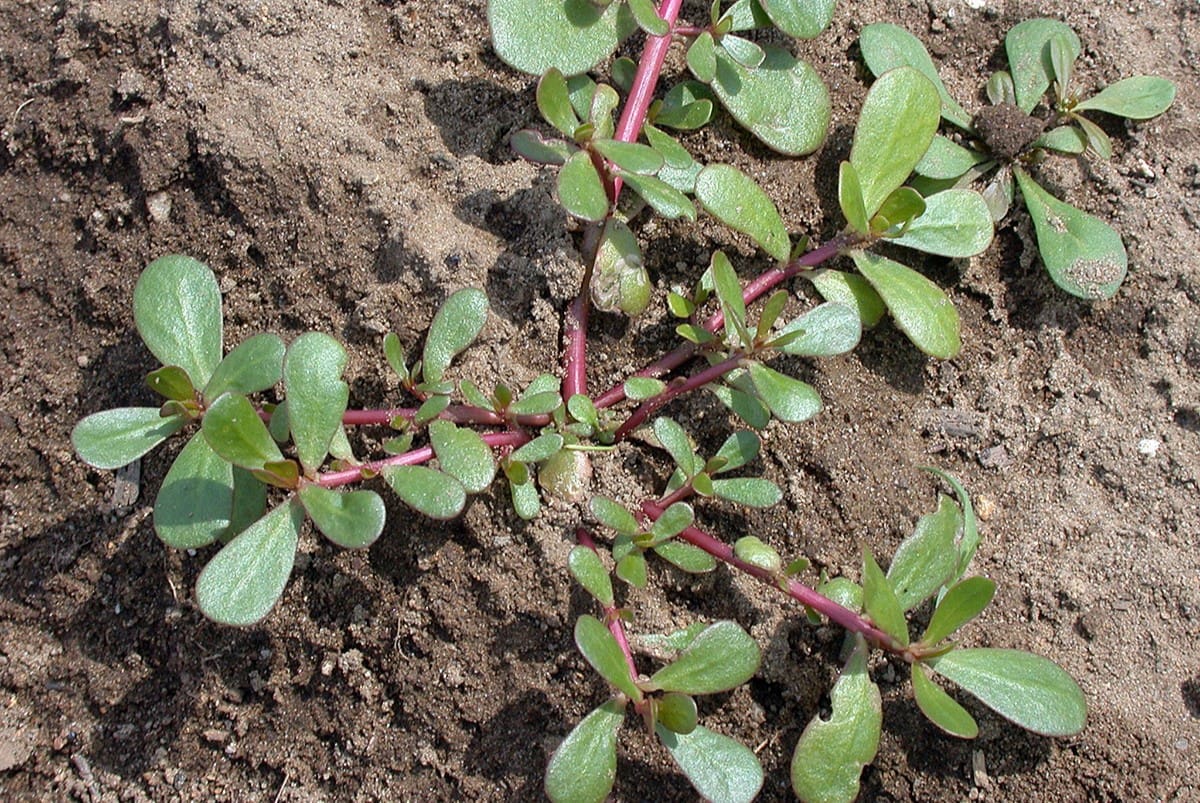
Verdolaga, also known as purslane, might just be the most underrated plant in your garden. This humble green packs a punch with its nutritional benefits and surprising versatility. Did you know that verdolaga is rich in omega-3 fatty acids, which are usually found in fish? It's true! Plus, it’s loaded with vitamins A, C, and E, making it a powerhouse for your health. But that’s not all. This resilient plant can thrive in almost any condition, making it a gardener’s dream. Whether you’re a seasoned chef or a curious foodie, verdolaga can add a unique twist to your dishes. Ready to learn more? Let’s dive into 15 fascinating facts about this incredible plant!
Key Takeaways:
- Verdolaga, also known as purslane, is a nutrient powerhouse packed with omega-3 fatty acids, vitamins, and minerals essential for heart health, skin, and immune function. It's a versatile and tasty addition to salads, soups, and stir-fries.
- This easy-to-grow plant has been valued for centuries across different cultures for its medicinal properties and environmental benefits. It's drought-resistant, improves soil health, and its edible flowers can be used to garnish dishes.
What is Verdolaga?
Verdolaga, also known as purslane, is a succulent plant often found in gardens, fields, and even cracks in sidewalks. It is known for its nutritional value and versatility in cooking. Here are some fascinating facts about this humble yet remarkable plant.
Nutritional Powerhouse
Verdolaga is packed with nutrients that can benefit your health in numerous ways.
- Rich in Omega-3 Fatty Acids: Unlike many other plants, verdolaga contains a high amount of omega-3 fatty acids, which are essential for heart health.
- High in Vitamins: This plant is a great source of vitamins A, C, and E, which are crucial for maintaining good vision, skin health, and immune function.
- Mineral Content: Verdolaga is rich in minerals like magnesium, calcium, potassium, and iron, all of which are vital for various bodily functions.
Culinary Uses
Verdolaga is not just nutritious; it’s also incredibly versatile in the kitchen.
- Salads and Soups: Its slightly tangy and salty flavor makes it a great addition to salads and soups.
- Stir-fries: In many cultures, verdolaga is used in stir-fries, adding a unique texture and flavor to the dish.
- Smoothies: For a nutritious boost, some people blend verdolaga into their smoothies.
Historical Significance
This plant has been valued for centuries across different cultures.
- Ancient Greece: Verdolaga was used by the ancient Greeks for its medicinal properties.
- Traditional Chinese Medicine: In China, it has been used for thousands of years to treat various ailments, including inflammation and infections.
- Native American Uses: Native Americans also utilized verdolaga for its healing properties and as a food source.
Environmental Benefits
Verdolaga is not just good for you; it’s good for the planet too.
- Drought-Resistant: This plant can thrive in dry conditions, making it an excellent choice for sustainable gardening.
- Soil Health: Verdolaga helps improve soil health by preventing erosion and adding organic matter.
Easy to Grow
If you’re interested in growing your own verdolaga, you’re in luck.
- Low Maintenance: Verdolaga is incredibly easy to grow and requires minimal care.
- Fast-Growing: It grows quickly, allowing you to harvest it multiple times in a single season.
- Pest-Resistant: This plant is naturally resistant to many common garden pests, reducing the need for pesticides.
Fun Facts
Here are some quirky and interesting tidbits about verdolaga.
- Edible Flowers: Not just the leaves, but the flowers of verdolaga are also edible and can be used to garnish dishes.
Verdolaga is a plant that offers a lot more than meets the eye. From its nutritional benefits to its historical significance and environmental advantages, it’s a true gem in the plant world.
Verdolaga: A Nutrient-Packed Powerhouse
Verdolaga, also known as purslane, packs a punch when it comes to nutrition and health benefits. This humble plant, often seen as a weed, is rich in omega-3 fatty acids, vitamins, and minerals. It's a versatile ingredient, adding a tangy flavor to salads, soups, and stews. Beyond its culinary uses, verdolaga has been used in traditional medicine for its anti-inflammatory and antioxidant properties.
Growing verdolaga is easy, making it a great addition to any garden. Its hardiness and low maintenance needs mean even novice gardeners can enjoy its benefits. Whether you're looking to boost your diet or explore new flavors, verdolaga is worth a try. So next time you spot this green gem, don't just pull it out—give it a place on your plate. Your body will thank you!
Frequently Asked Questions
Was this page helpful?
Our commitment to delivering trustworthy and engaging content is at the heart of what we do. Each fact on our site is contributed by real users like you, bringing a wealth of diverse insights and information. To ensure the highest standards of accuracy and reliability, our dedicated editors meticulously review each submission. This process guarantees that the facts we share are not only fascinating but also credible. Trust in our commitment to quality and authenticity as you explore and learn with us.


